Oct 24, 2025
Pressure gauges are essential tools across various industries worldwide. From manufacturing to healthcare, they play a vital role in measuring the pressure of gases and liquids within systems. Understanding their history, how they work, and their maintenance ensures they continue to operate accurately and reliably. Let's delve into these indispensable instruments.
Overall, the development of pressure gauges has undergone an evolution from liquid columns → mechanical → electrical signals → to the current era of intelligence.
Around the 17th century, the Italian scientist Evangelista Torricelli invented the mercury barometer, proving the existence of atmospheric pressure. Shortly after, Otto von Guericke conducted the famous "Magdeburg hemispheres" experiment, once again perceiving and measuring atmospheric pressure. In the mid-19th century, French engineer Eugène Bourdon invented the Bourdon tube pressure gauge, which uses a curved metal tube that straightens under pressure, converting pressure into mechanical displacement displayed by a pointer on a dial.
From the early to mid-20th century, pressure gauges diversified with the development of various types including diaphragm pressure gauges, bellows pressure gauges, manometers, as well as shock-resistant and liquid-filled models. In the late 20th century, with the advancement of electronic sensing technology, pressure sensors and transmitters with electrical signal outputs emerged. Subsequently, following the trend towards intelligence and connectivity, pressure measurement entered an era of "smart, connected, and self-diagnosing" devices.
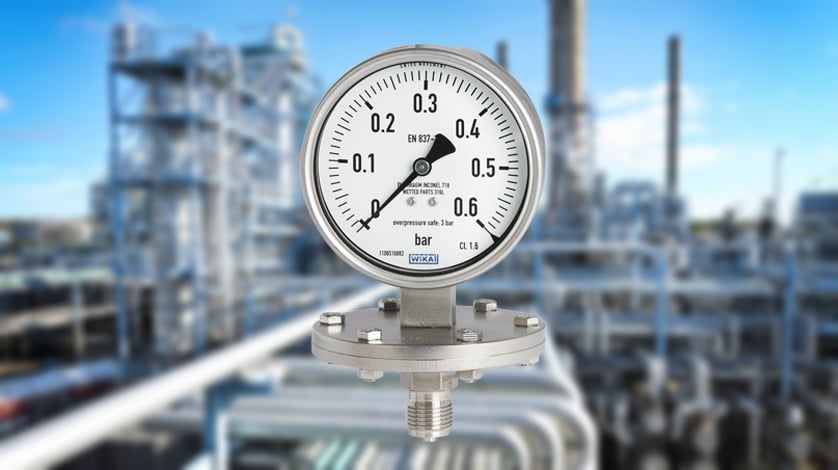
Pressure gauges measure the force exerted by a liquid or gas on the wall of a container (usually a pipe or tank). This force is converted into a readable value on the gauge. The typical working principle of pressure gauges is as follows:
Mechanical Pressure Gauges (Bourdon Tube): The most common design for mechanical pressure gauges uses a curved tube called a Bourdon tube. When pressure is applied, the tube straightens slightly. This movement is transmitted to a pointer on the dial, displaying the pressure reading. These gauges are ideal for medium to high-pressure applications.
Digital Pressure Gauges: Digital pressure gauges use electronic sensors to measure pressure. These sensors detect pressure changes and convert them into electrical signals, which are then displayed on a digital screen. These gauges are often more precise and easier to read, especially in environments where exact readings are crucial.
Smart Wireless Pressure Sensors: Smart wireless pressure sensors convert pressure signals into electrical signals. After digital processing, the data is uploaded to the cloud via wireless communication, enabling real-time pressure monitoring, analysis, and remote control.
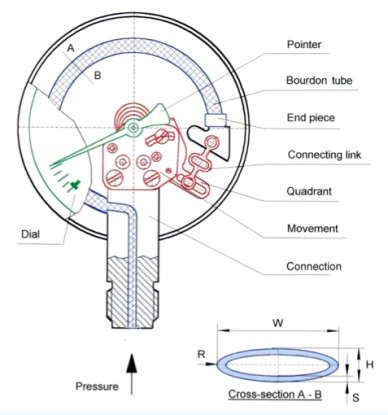
Pressure gauges must be calibrated regularly to maintain their accuracy, especially Bourdon tube gauges. The calibration process involves comparing the gauge's pressure reading against a known reference standard. Over time, gauges can deviate or lose accuracy due to factors like wear and tear, aging, or damage.
Calibration Steps:
Use a Reference Standard: Use a calibrated reference pressure gauge or a deadweight tester as a standard to compare the readings of the gauge under test.
Adjust the Gauge: If the gauge reading is inaccurate, adjustments may be necessary. Some gauges have an adjustment screw for easy calibration, while others might require professional calibration.
Record the Calibration: For quality assurance, it is crucial to record the calibration results, especially in highly regulated industries.
Manufacturing: Pressure gauges are used to monitor hydraulic, pneumatic, or steam systems, ensuring normal operation and safety.
Oil, Chemical, and Energy Industries: Pressure gauges monitor process pressures of fluid media, ensuring reaction safety and preventing explosions or leaks. They are used alongside pressure transmitters for automated control.
Water Treatment and Environmental Protection: Pressure gauges monitor filtration pressure differentials, prevent membrane fouling, achieve water supply system pressure balance, and check pump operational status and energy consumption.
Automotive and Transportation: Pressure gauges are used for automotive tire pressure monitoring, brake systems, hydraulic systems, aircraft hydraulic cabins, and railway brake systems.
Medical and Life Sciences: Pressure gauges are used in medical oxygen cylinders, ventilators, anesthesia machines, laboratory gas supply systems, sphygmomanometers, and negative pressure suction equipment.
Although the Bourdon tube pressure gauge has a metal housing and a robust structure, it still requires regular maintenance.Proper maintenance ensures that pressure gauges continue to work effectively and provide accurate readings. Here are some tips for maintaining pressure gauges:
Regular Inspection: Visually inspect the gauge for any signs of damage, such as surface cracks or corrosion. Check for any debris that might obstruct the pointer's movement.
Clean the Gauge: Ensure the gauge surface is free from dirt, grease, or other substances that could affect its accuracy. A clean surface helps prolong the gauge's life.
Avoid Overpressure: Never subject the pressure gauge to pressure exceeding its rated capacity. Overpressure can damage internal components, leading to inaccurate readings or failure.
Protect from Harsh Environments: If the gauge is used in corrosive or extreme conditions, consider using protective coatings or installing pressure snubbers to reduce vibration.
Regular Calibration: Regular calibration is essential for maintaining the accuracy of pressure gauges. The frequency depends on the criticality of the application, typically annually or semi-annually.
You May Interest In
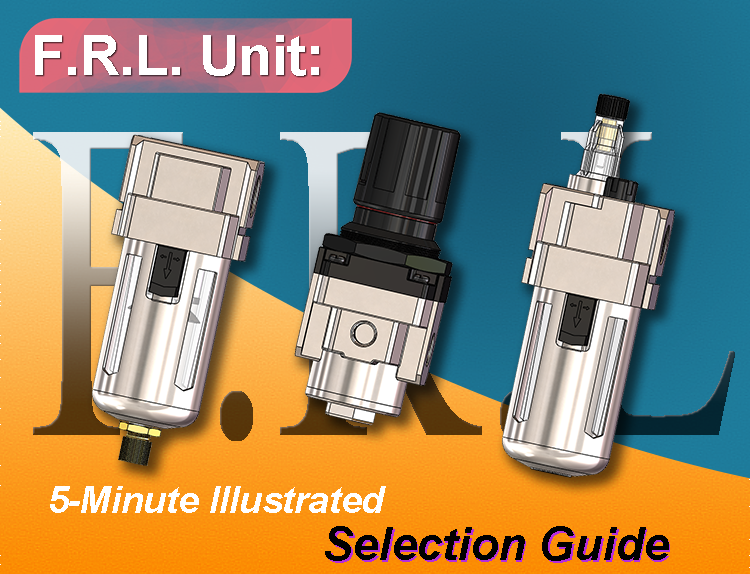
Dec 05, 2025 Blog
FRL: A 5-Minute Illustrated Selection Guide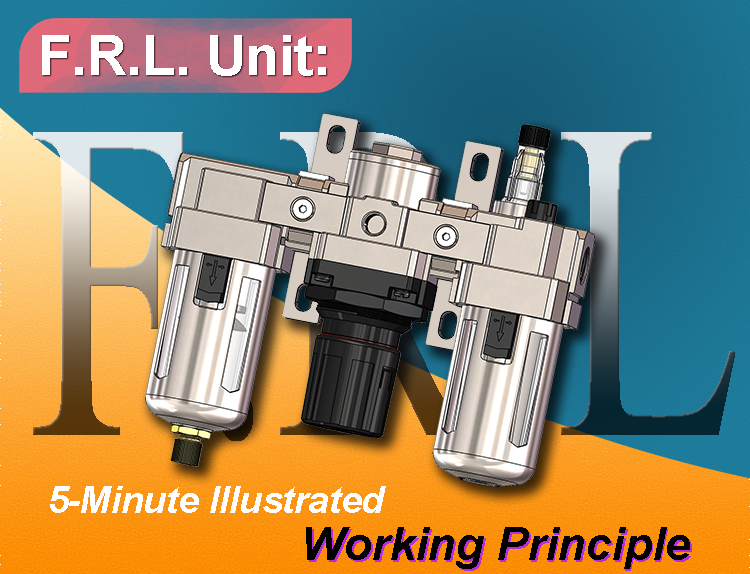
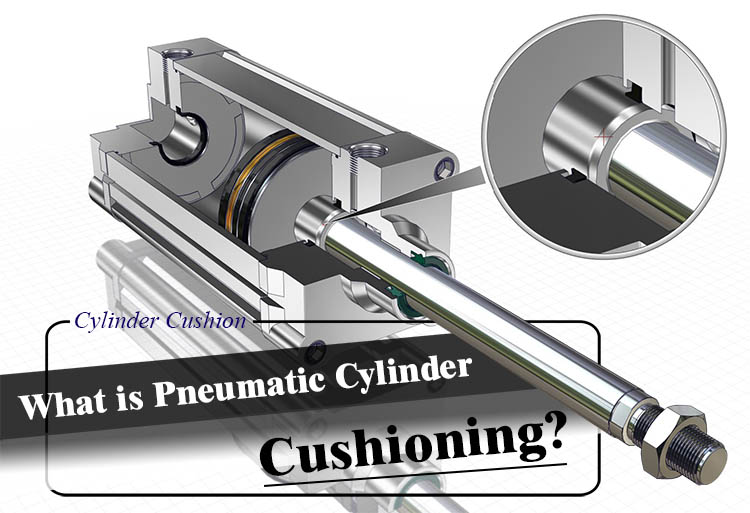
Nov 10, 2025 Blog
What is Pneumatic Cylinder Cushioning?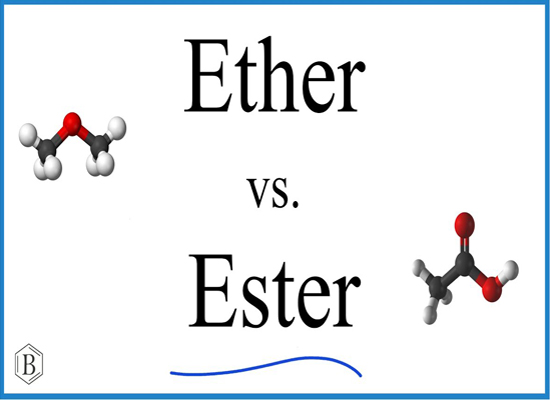
Nov 04, 2025 Blog
How to remember ester vs ether quickly?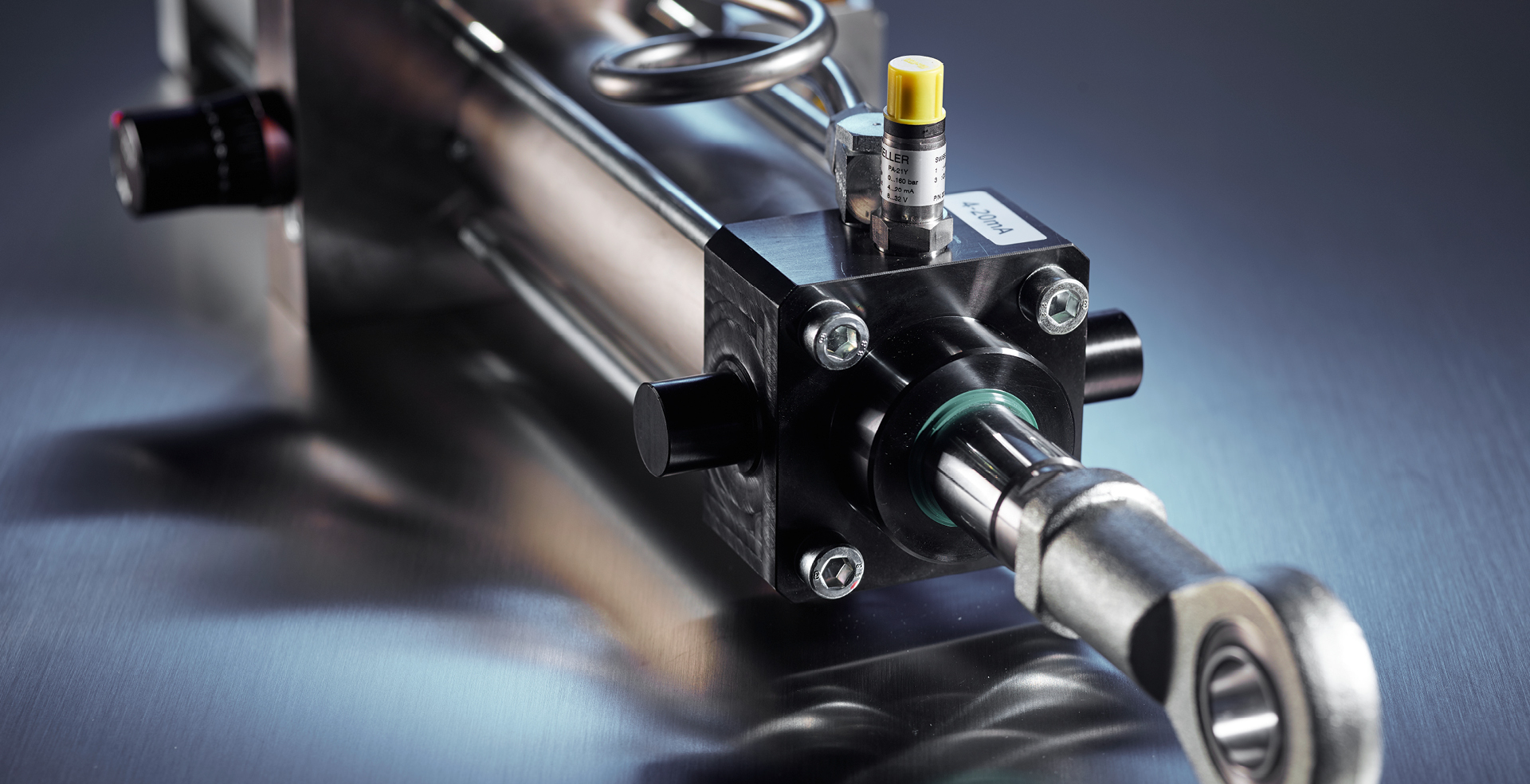
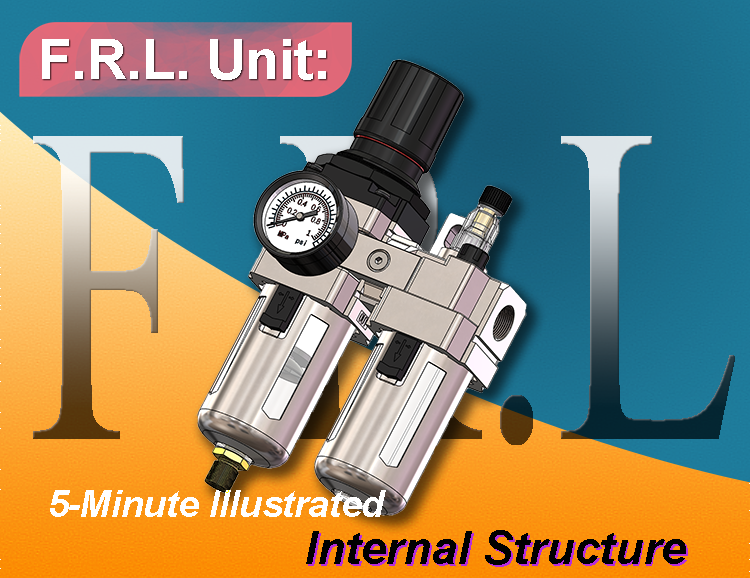
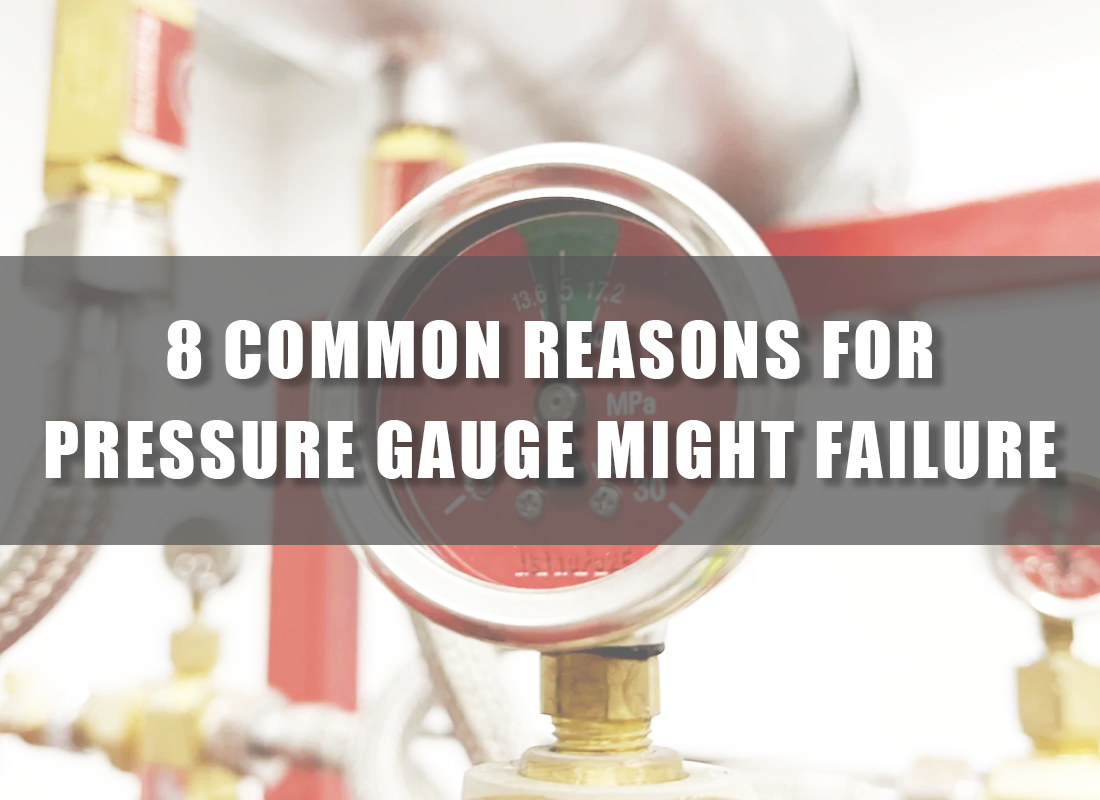
Oct 24, 2025 Blog
8 common reasons for pressure gauge might failure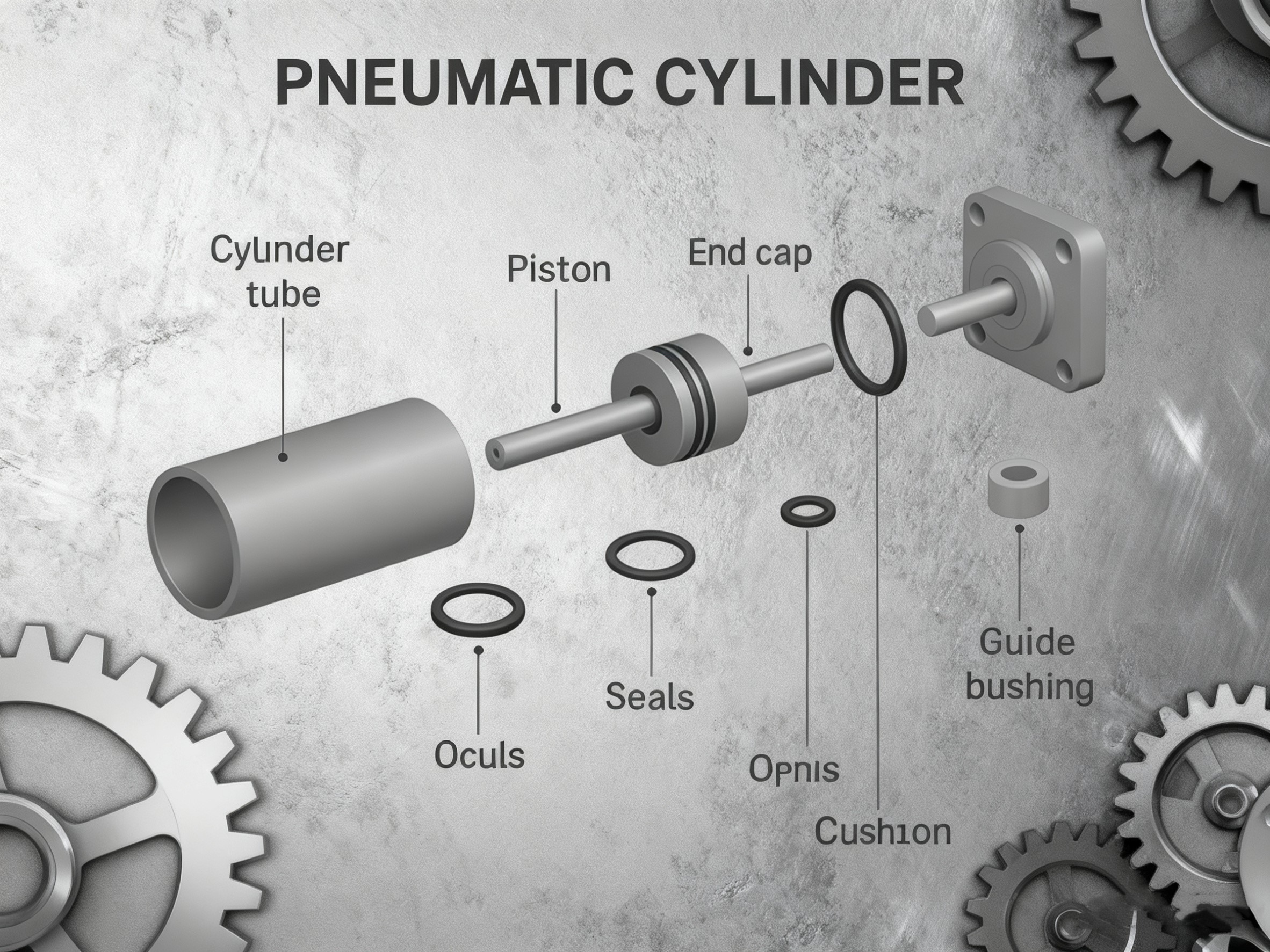
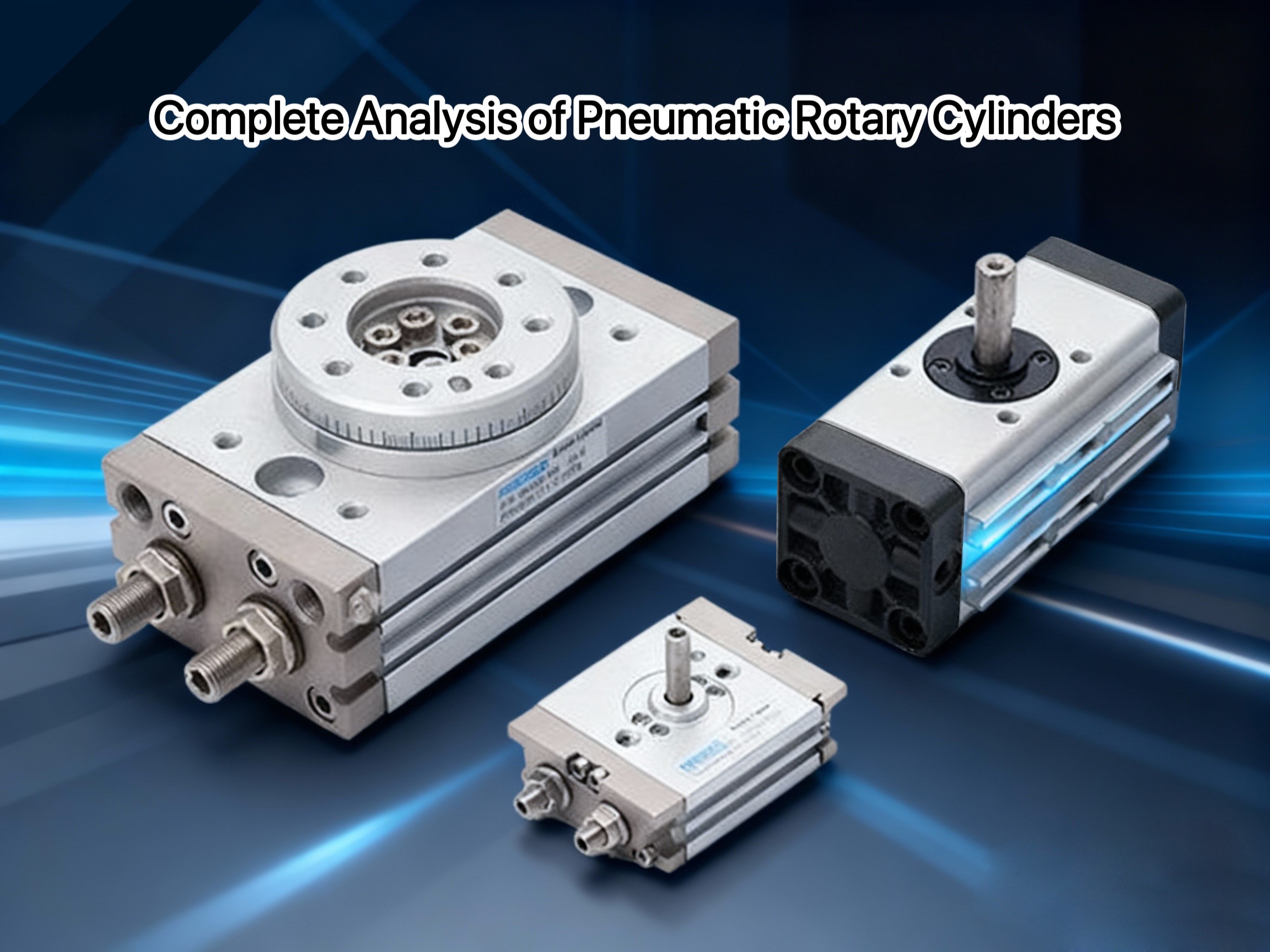
Aug 01, 2025 Blog
Complete Analysis of Pneumatic Rotary Cylinders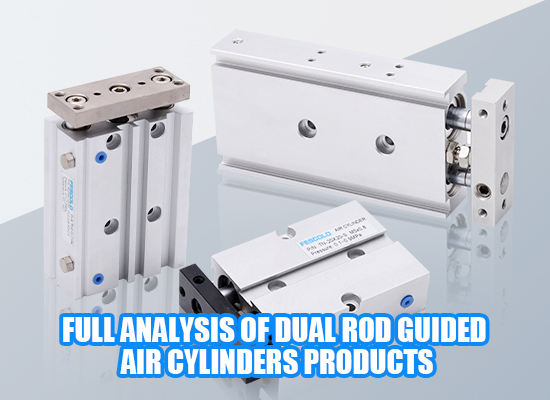
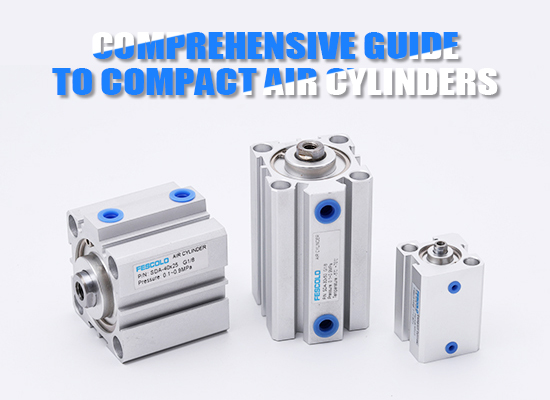
Jul 30, 2025 Blog
Comprehensive Guide to Compact Air Cylinders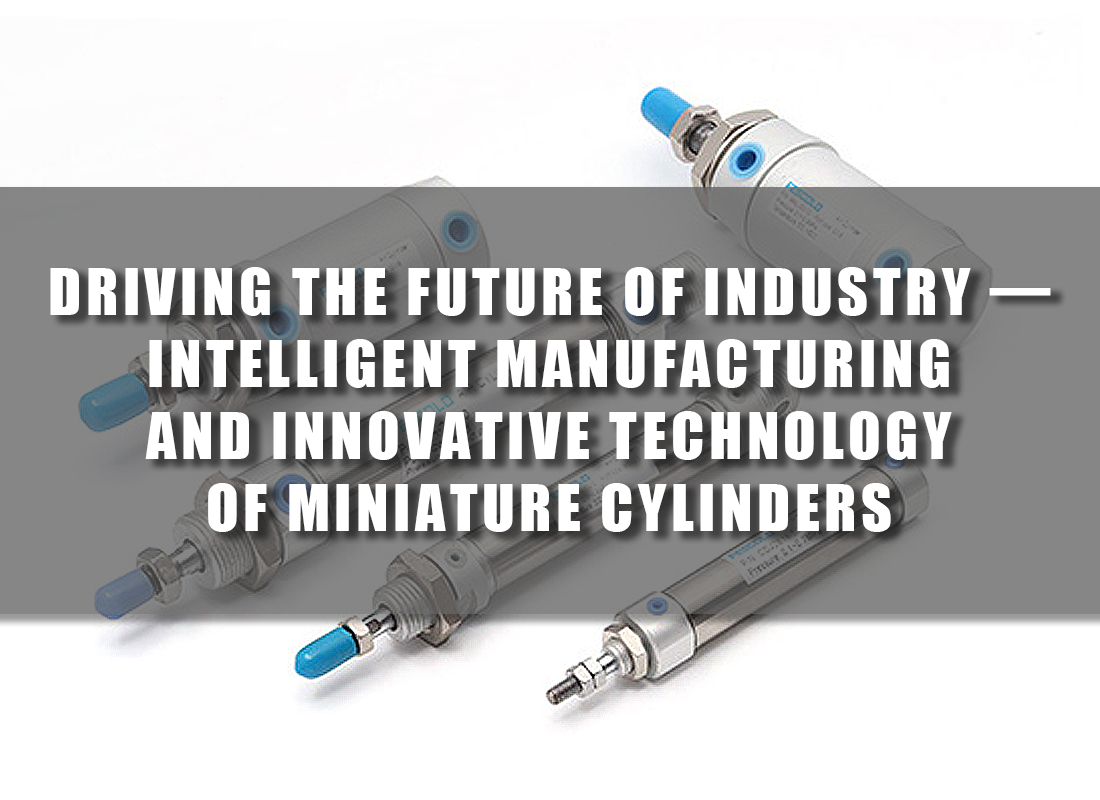
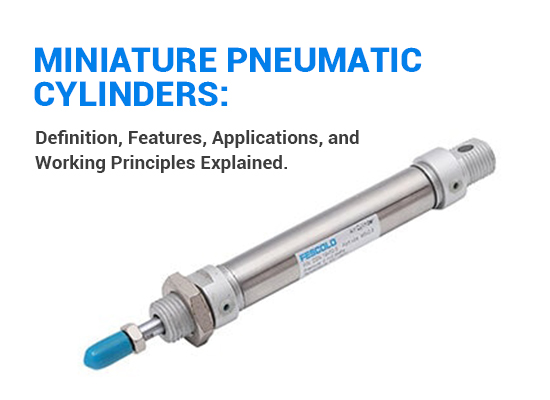
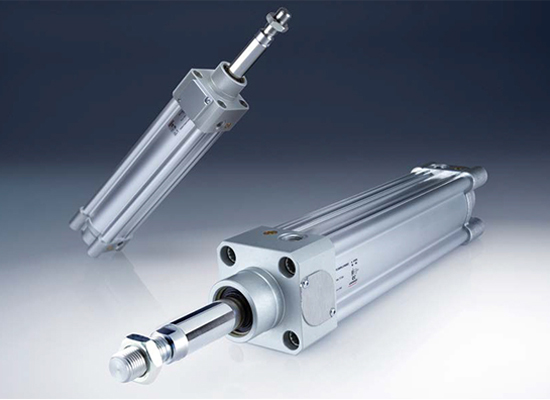
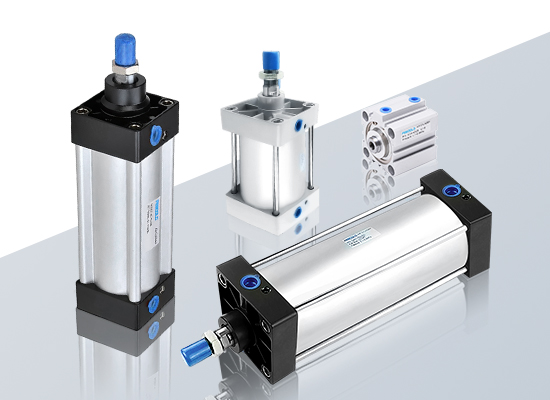
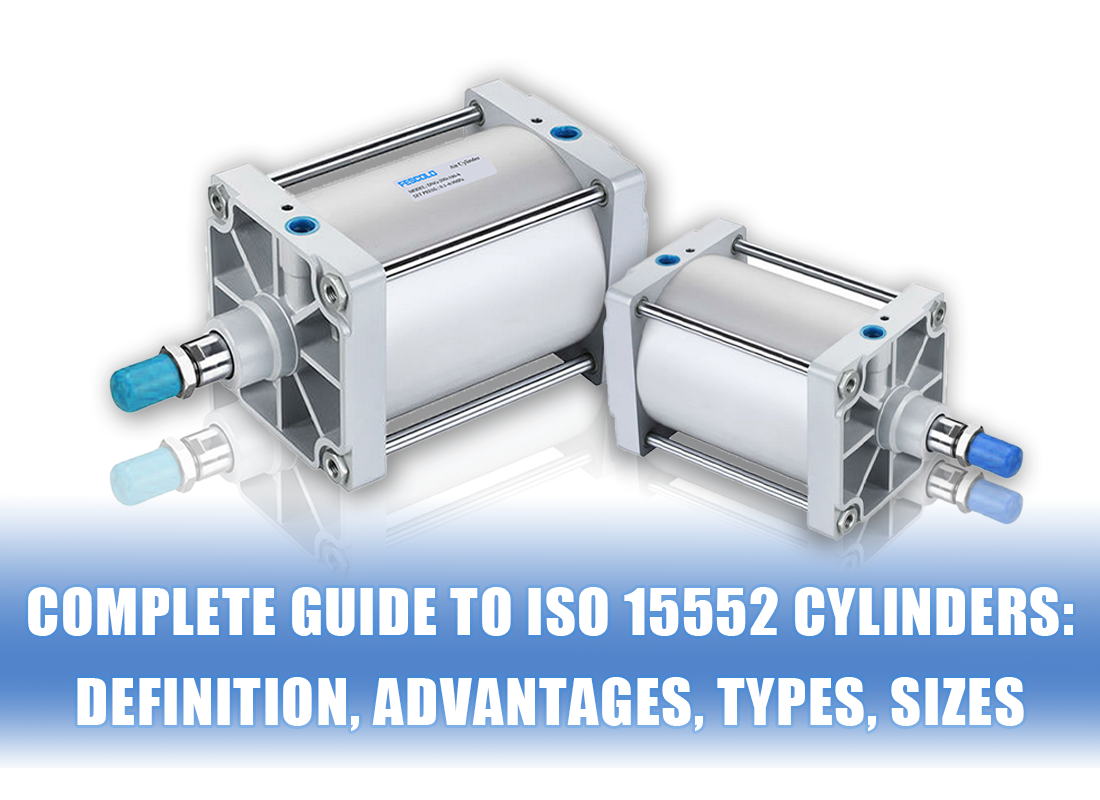
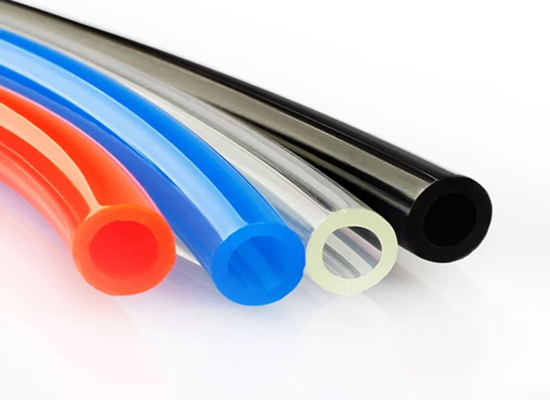
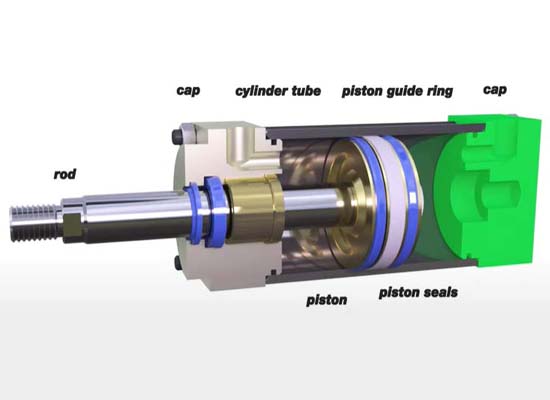
Apr 23, 2025 Blog
Exploring the Critical Parts of a Pneumatic Cylinder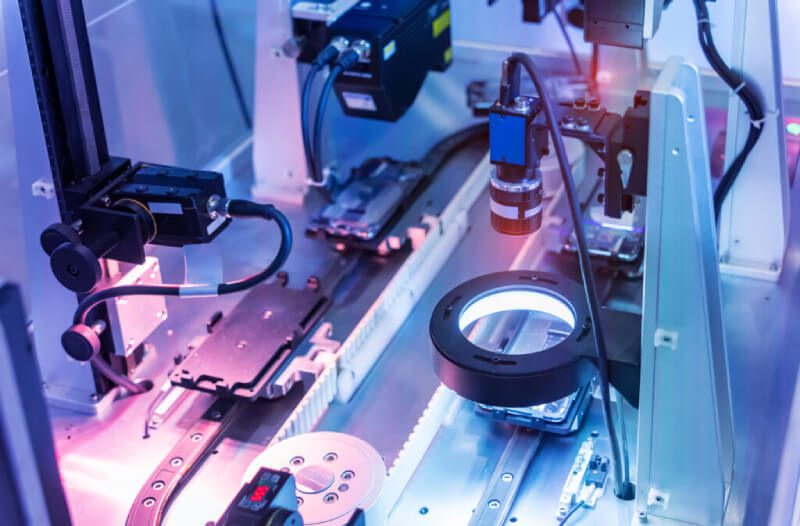
Apr 23, 2025 Blog
anti-rotation cylinder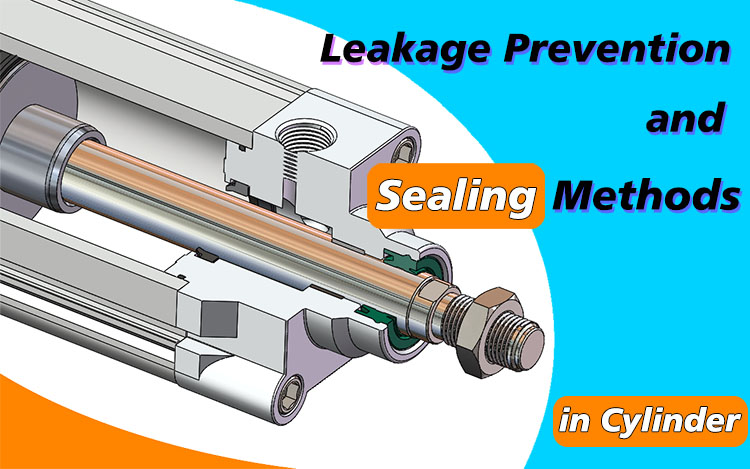
Mar 28, 2025 Blog
Leakage Prevention and Sealing Methods in Cylinder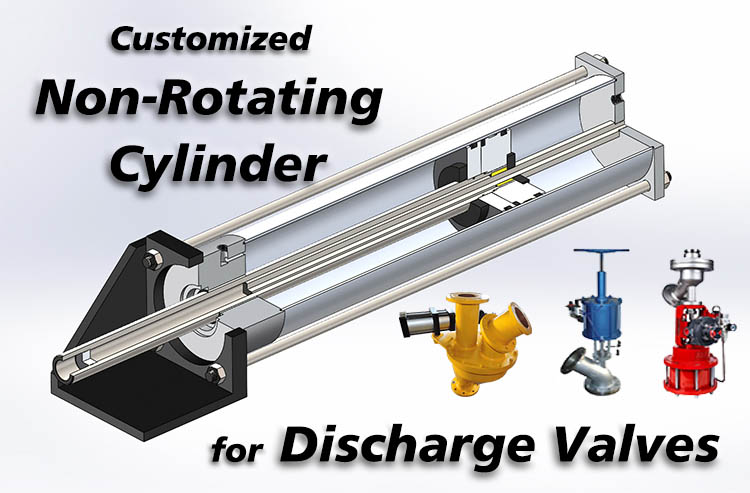
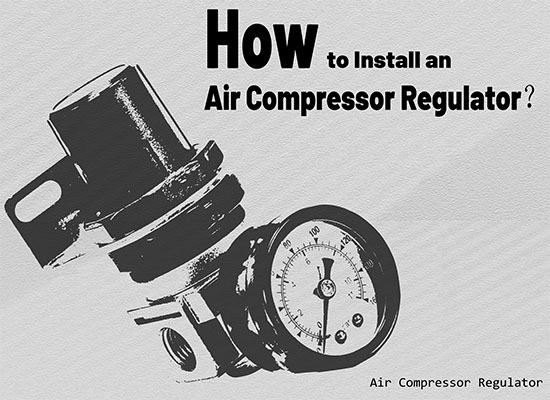
Mar 18, 2025 Blog
How to Install an Air Compressor Regulator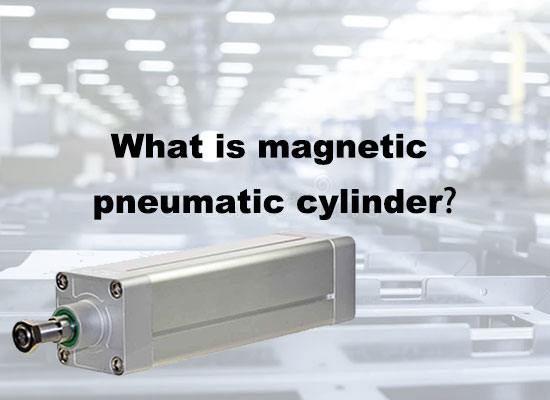
Mar 13, 2025 Blog
What is Magnetic Pneumatic Cylinders?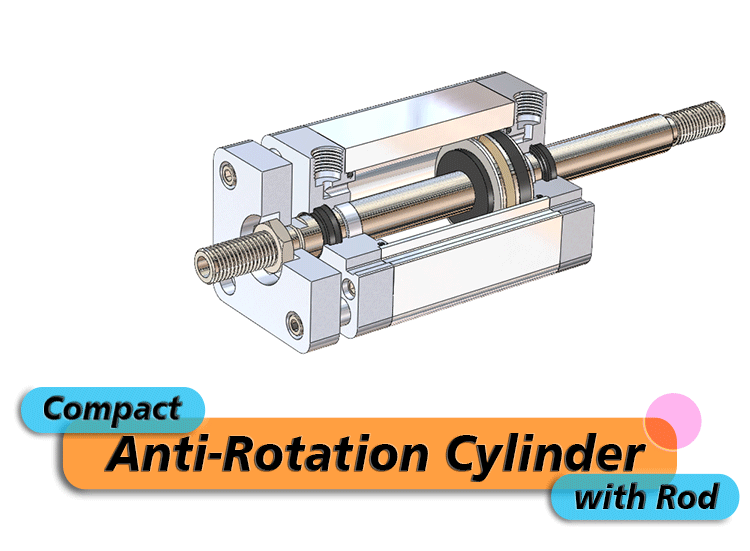
Mar 10, 2025 Blog
Compact Anti-Rotation Cylinder with Rod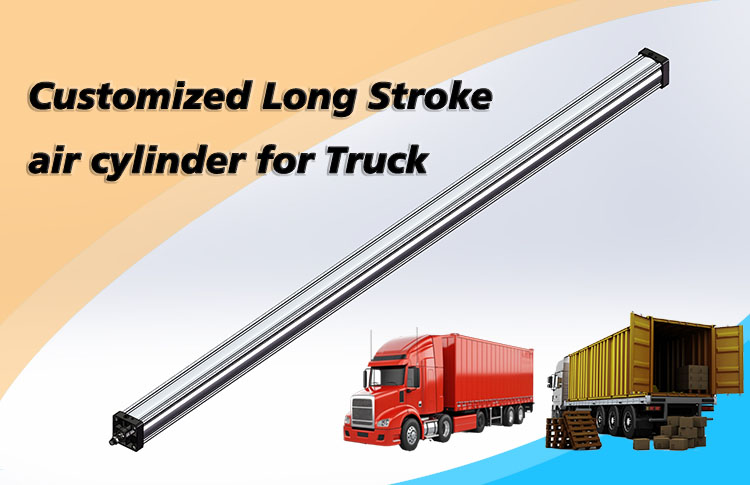
Mar 10, 2025 Blog
Customized Long Stroke Air Cylinder for Truck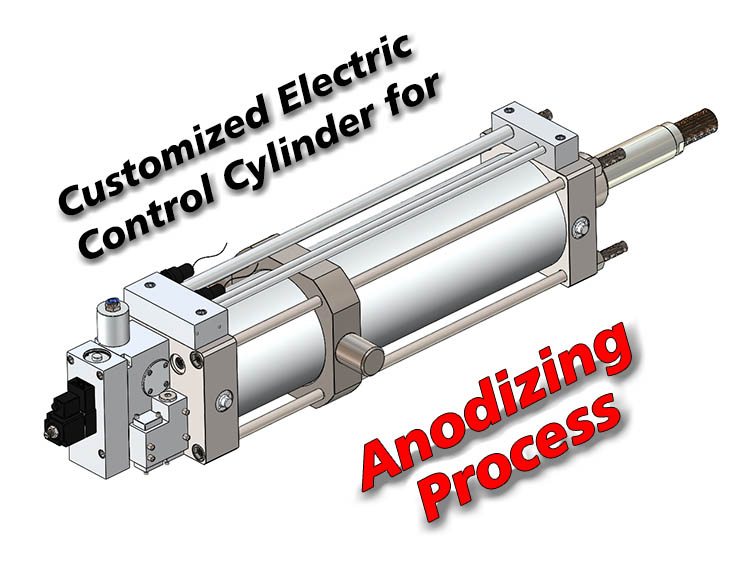
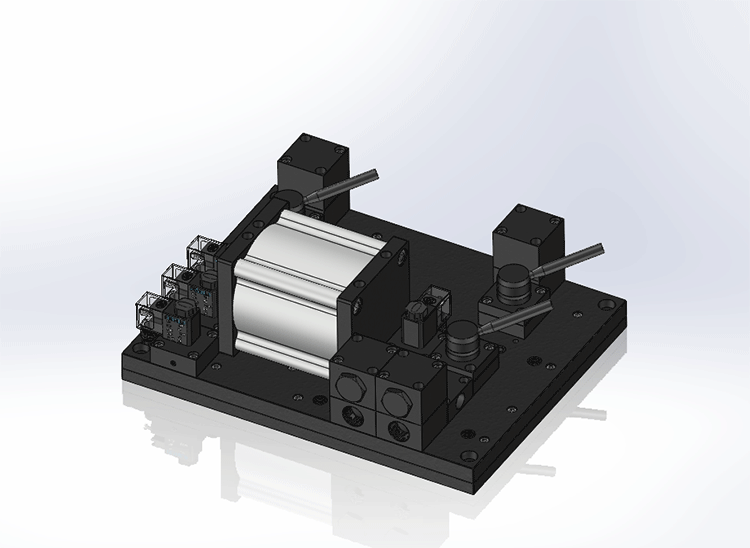
Mar 10, 2025 Blog
Customized Combination Manifold Valves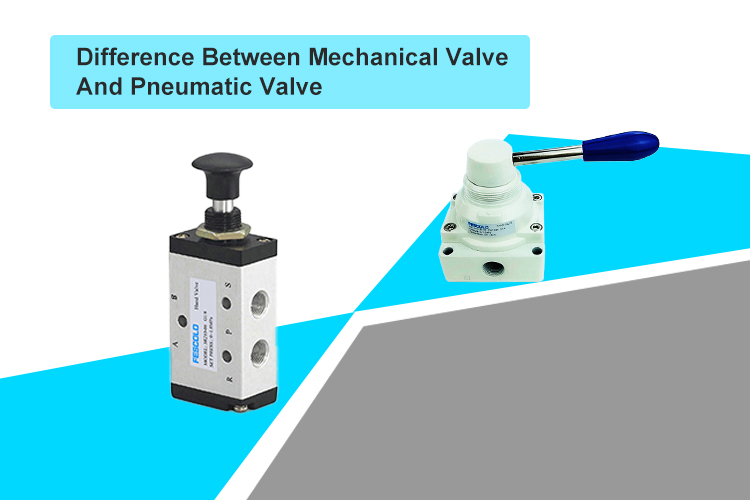
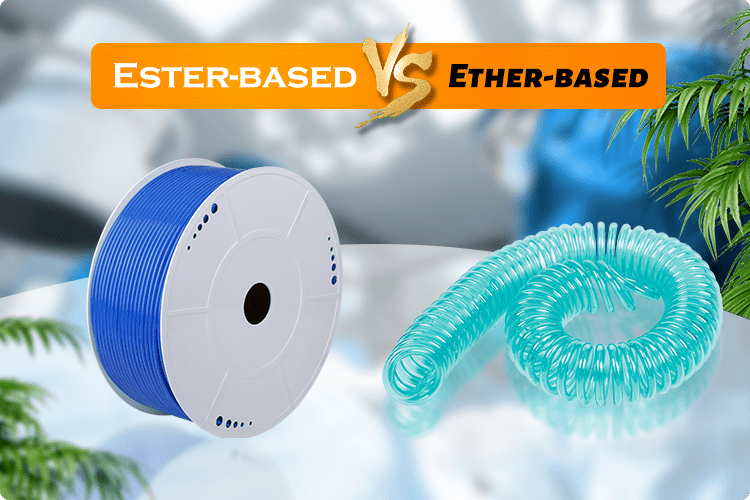
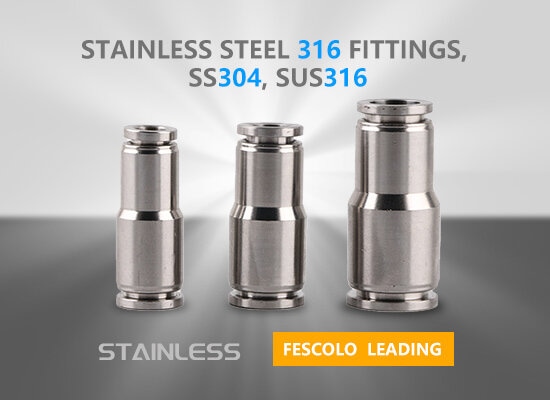
May 16, 2019 Blog
STAINLESS STEEL 316 FITTINGS, SS304, SUS316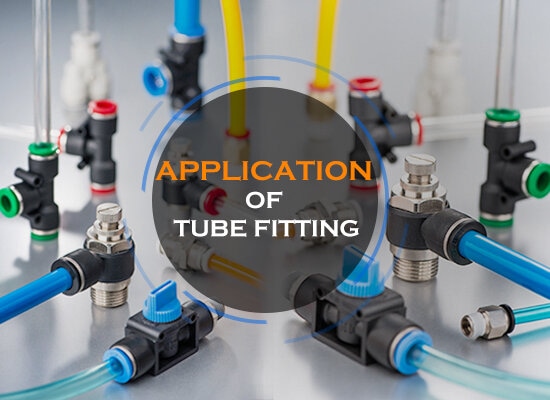
May 03, 2018 Blog
Application Of Tube Fitting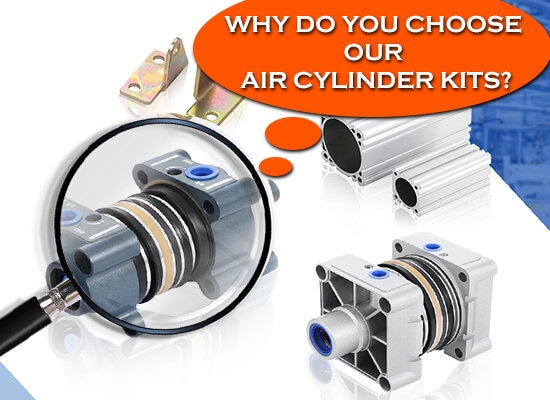
Jun 08, 2018 Blog
Why Do You Choose Our Air Cylinder kits?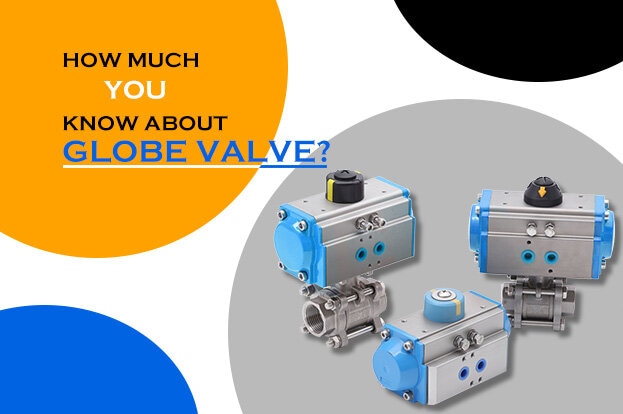
Feb 09, 2018 Blog
How much you know about globe valve?FOKCA ©1998-2025 Fescolo Pneumatic All Rights Reserved Sitemap